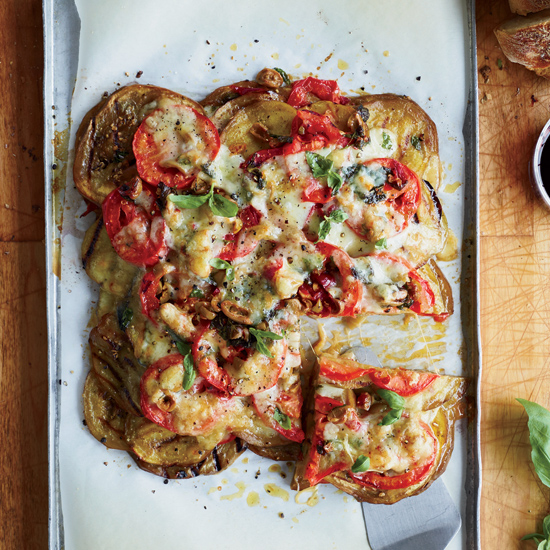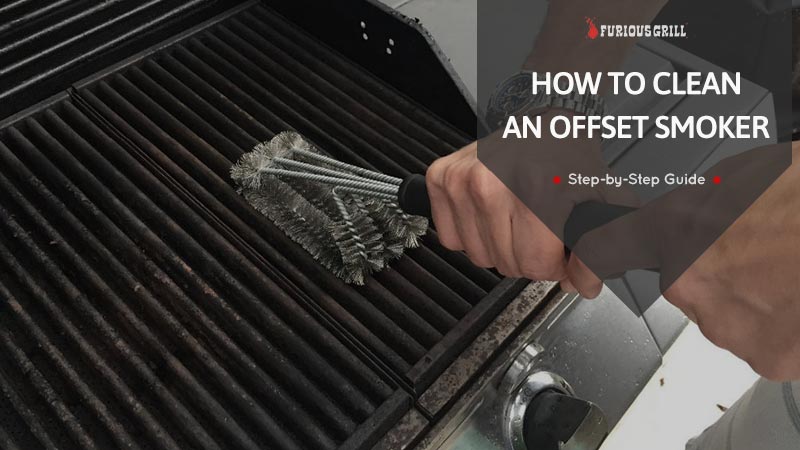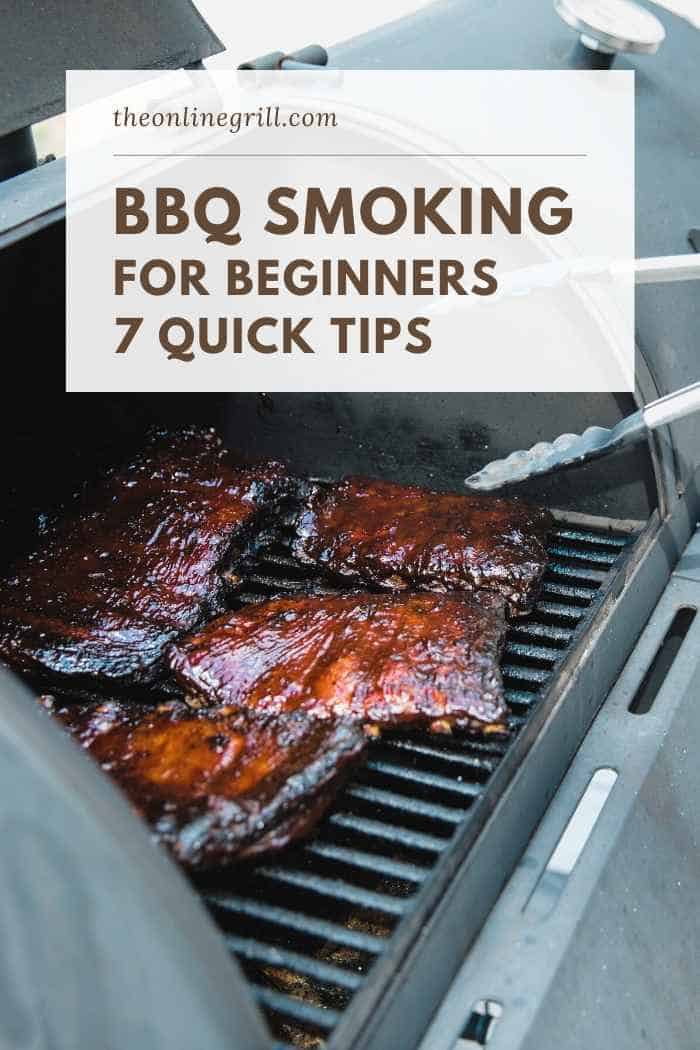
You may be curious about the differences between a barbecue and a grill. The terms are frequently used interchangeably in popular culture. This could lead to you using the wrong cooking tools for the wrong purposes. The primary difference between these cooking methods is the heat. Although a BBQ is faster than a charcoal grill, it cooks meat at a much higher temperature than a grill. Here are some major differences between the two cooking methods.
Seasoning is a key difference between a BBQ and a grill. A barbecue is very hot and the sugars in barbecue sauce can burn quickly. Grilling allows the sauce to be added at the end of the dish, but not in the middle. Both cooking techniques are efficient, but each requires its own special seasoning. You can also try both. Soon you will discover which method works best for your cooking style.

A barbecue uses a wood or charcoal as its heat source. Different types of wood produce different levels in terms of smoky flavors. Smoked food is often tender, juicy, and holds its juices better. However, a grill uses either gas or coals and can be more expensive. The best barbecue chefs use charcoal or gas, and usually leave the lid open. These are the key differences.
While barbecue is often more efficient and takes less time to prepare, grilling is far more fun. You can cook with friends or family, and you can enjoy the meal with your guests. Besides, grilling requires you to pay attention to your food, and smoking is more time-consuming and involves more work. However, the process can be enjoyed with friends and loved ones so you have the freedom to choose between a barbecue or a grill.
Barbecuing, however, is slow-cooking meat that uses indirect heat. Barbecuing slows down the cooking process and makes the meat tender. It takes about five to 20 minutes on average. It is important to remember that barbecuing takes significantly longer than cooking the same food on a grill. Barbecues are perfect for meats like steaks and other meats that require indirect heat.

Barbecues are most popular for burgers and steaks but grills can be used to grill vegetables and fruits. Almost anything can be grilled! Grilling anything from fruits, vegetables, and pizzas can yield great results. It is best to use both a BBQ and a grill for different types of food. When it comes to meat, the grill is a better choice.
Gas grills work well for large projects because they can be very heavy. However, they're not portable. There are portable gas grills that can be transported, but they are not ideal for those who want convenience and portability. If you are interested in outdoor grilling, you can choose to use a smoker. In such cases, you can choose between gas and charcoal grills.
FAQ
What is the best career path for someone who wants to be a chef? How do I get started as a chef?
Apprenticeships are a great way to get started if you want to become a chef. Apprenticeships let you work for many years and pay no tuition fees. After your apprenticeship, you may apply for a role as a sous chef. Sous chefs are responsible for supervising cooks and helping them prepare salads or desserts. They are also responsible for the overall operation of the restaurant.
How do I get motivated to cook?
Sharing meals with family and friends is the best part of cooking. Cooking for your own family is much easier than making meals for others. Try making something new if your goal is to become more motivated to cook. This will help you learn about new techniques and ingredients. Also, you can use recipes from different cultures to expand your culinary knowledge.
What skills are required to enter a culinary school?
You will need to know how to cook, understand food safety regulations, and be able work under pressure in order to become a chef. For a basic understanding of cooking, it is advisable to enroll in cooking classes at the local high schools or community colleges. After you have learned the basics, you can apply for jobs in a restaurant or catering business.
Do I have to go to culinary school in order to be a professional chef?
No. Many chefs learned their craft on their own. Some even went on to culinary school to gain work experience. Culinary school is preferred by most chefs because they have more opportunities to grow and learn. Culinary schools allow students to learn hands-on skills, and this helps them improve their cooking knowledge.
Is there a difference between a chef and a cook?
A chef cooks for others. A cook prepares food for himself or herself. While both jobs involve the preparation of food, a chef interacts directly with his customers. They may need to make decisions about what they will serve to their guests based upon their preferences. A cook does not interact with customers. Instead, they ensure that the food tastes delicious before they serve it to others.
What are my options for learning about cooking?
There are numerous cooking classes offered across the country. Many schools offer courses in baking, pastry, and wine tasting. If you're interested in learning more about baking, you can either enroll at a community college or vocational school. Or you can attend a private class.
What is the average time it takes to become a chef? What Is the Average Career Path?
Becoming a chef takes approximately five years. You will learn basic cooking techniques, and get experience as a chef assistant. When you finish your training, you can apply for positions as a line cook, sous chef, or executive chef. The average salary for a chef ranges from $25,000 to $60,000 per year.
Statistics
- The median pay for a chef or head cook is $53,380 per year or $25.66/hour, according to the U.S. Bureau of Labor Statistics (BLS). (learnhowtobecome.org)
- In the United States, the category is estimated at $23.2 billion annually and is growing faster than the market. (washingtonpost.com)
- On average, chefs earn $58,740 a year, according to the BLS. - learnhowtobecome.org
External Links
How To
How to make a perfect eggroll
Omelets are my favorite breakfast dish. How can you make them perfectly? I've tried many recipes and different methods but none have worked. I have some tips and tricks to help you make delicious, fluffy omelets every single morning.
First, eggs can be very temperamental ingredients for making omelets. You must get them fresh, organically, and keep them cold until you cook. They must be kept cool, otherwise the whites will not form properly and the yolks may become runny. This will make your omelets appear strangely colored. It is best to use room-temperature eggs if you are going to cook them right away.
You might also try separating the egg before adding to the pan. The yolk and white should not be mixed together as this can cause the omelet's curdle.
You might burn the bottom of the egg if you place the egg directly on the stovetop. This could ruin the texture of your omelet. Instead, heat the egg for 10 seconds in the microwave before placing it in the pan. The microwave heat is sufficient to cook the egg without overcooking.
Let's now talk about mixing eggs. Mixing eggs together is important. You need to beat them well. Turn the bowl upside down and grab the whisk to do this. Next, shake the bowl vigorously. This allows the air to be whipped and the egg to be mixed thoroughly.
Now comes the fun part: adding the milk to your mixture. Fold the eggs in the milk mixture by first pouring half of it into the egg whites. Do not be alarmed if there are still egg streaks visible. Once the omelet flips, these streaks will disappear.
After folding the eggs, place the pan on medium heat and wait for the oil to start sizzling. Once the oil begins to heat, add 1/4 cup butter and swirl the pan to coat it. Now carefully crack open the lid of the pan and sprinkle salt into the pan. A pinch of salt will help prevent the omelet from sticking to the pan.
Cover the pan once you have formed the omelet. Wait for the top to set. Flip the omelet over using a spatula or flip the pan upside down. Cook the other side for about a minute. Take the omelet out of the pan and immediately serve.
This recipe works best with whole milk, but skimmed milk also works.